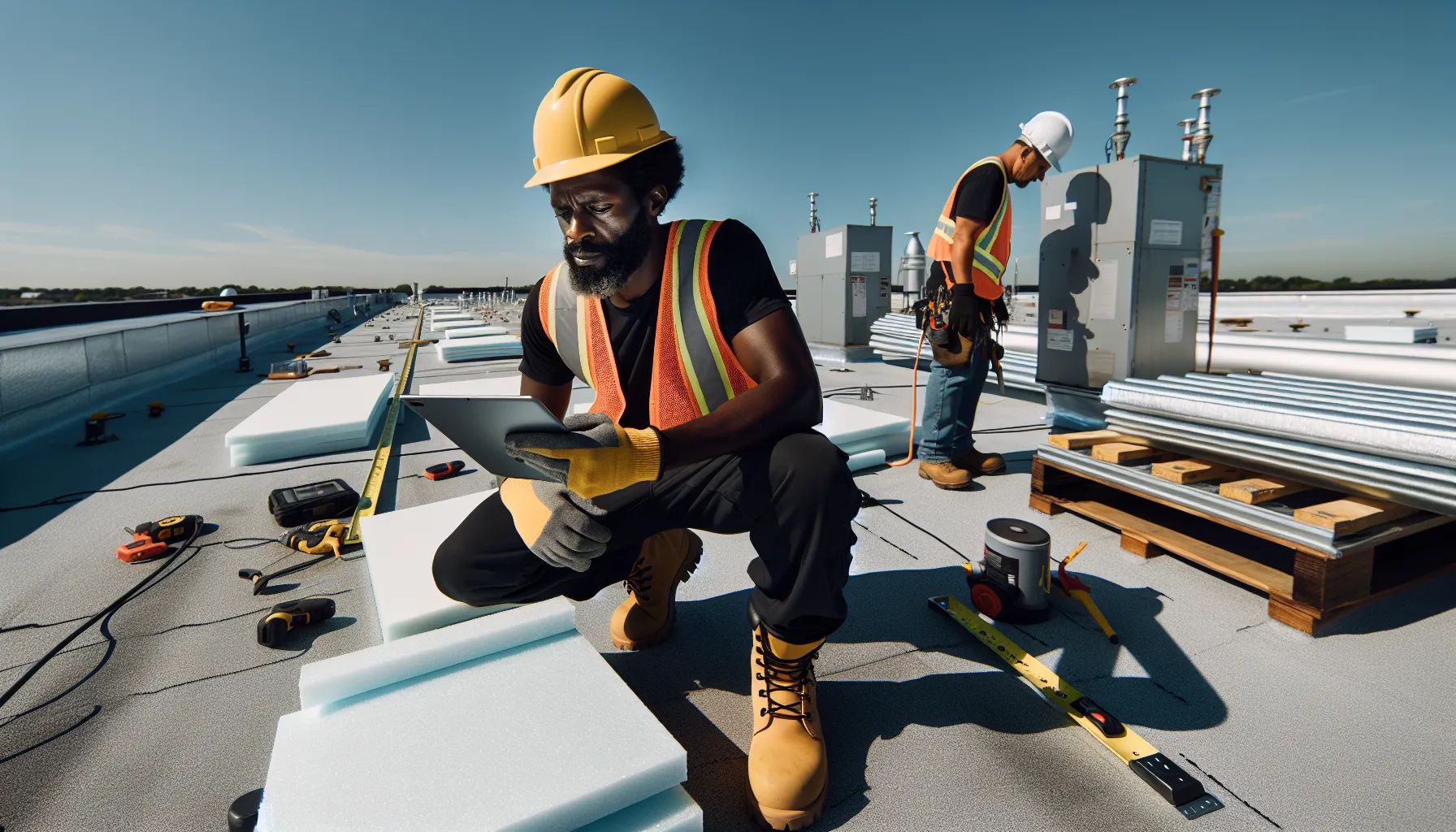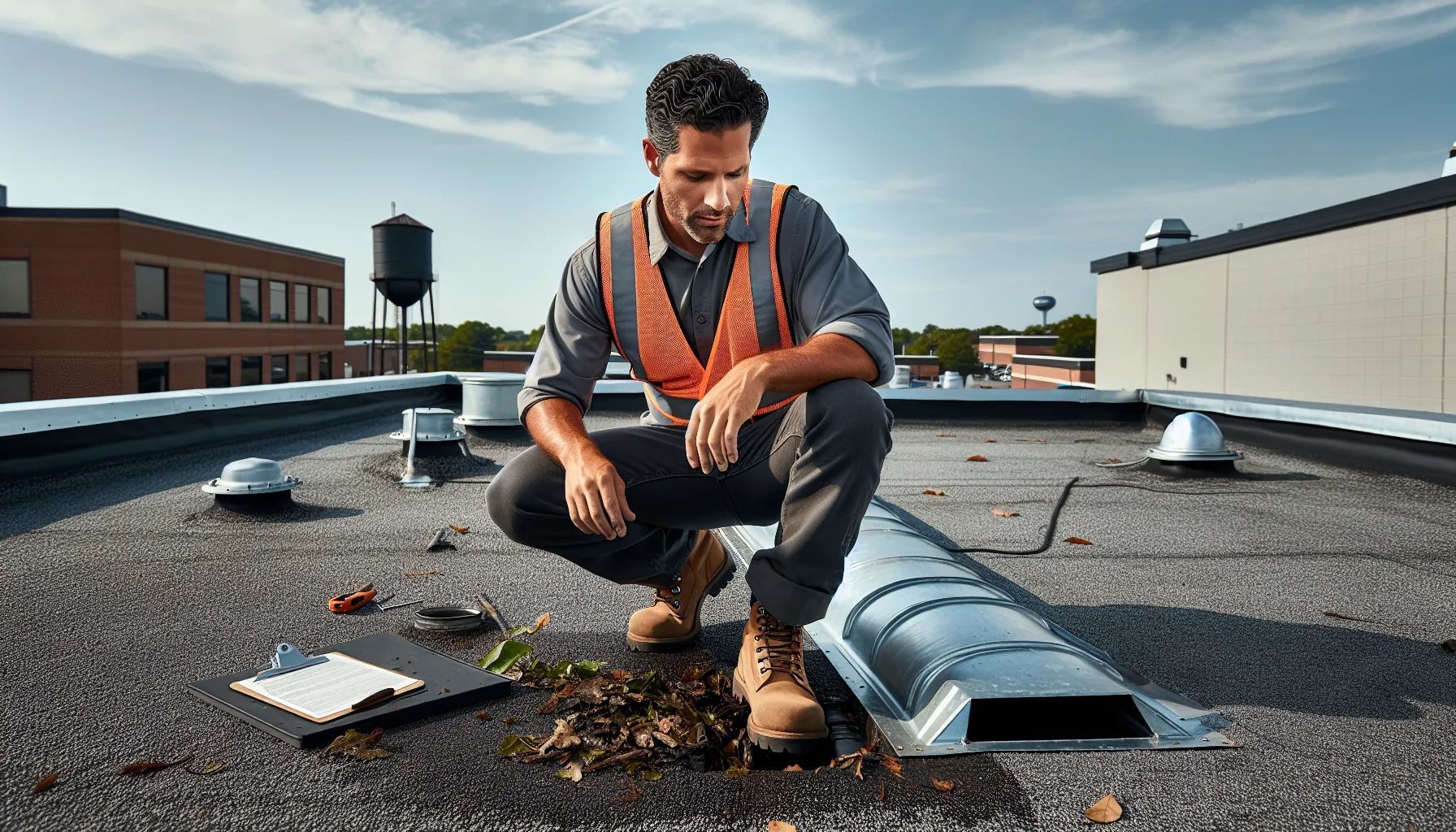How Long Should a Tile Roof Last? Expert Guide to Clay, Concrete & Slate Lifespans
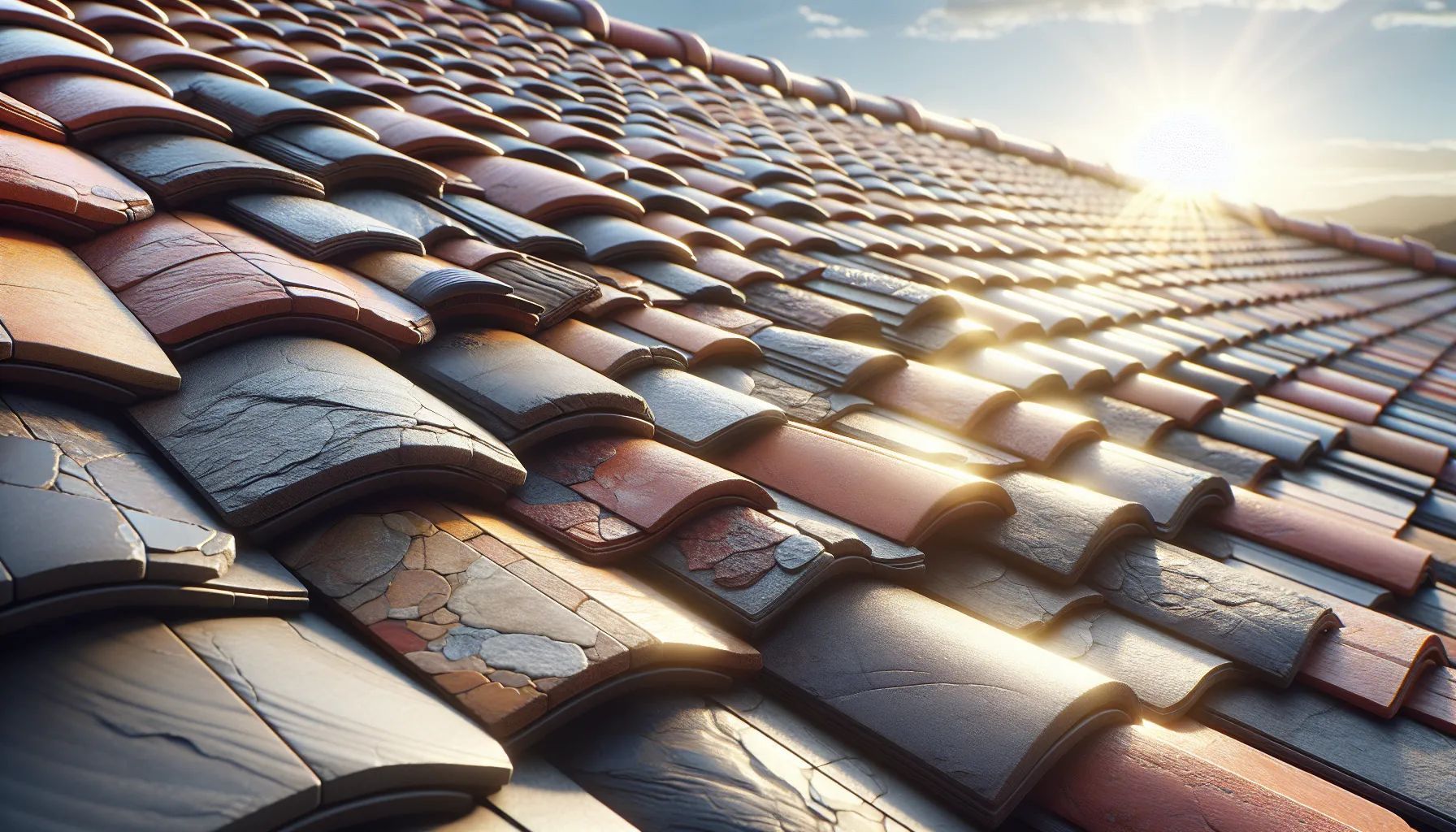
When we're investing in a new roof, one of the first questions that comes to mind is how long should a tile roof last? It's a significant investment that protects our homes and we want to ensure we're making the right choice for long-term value.
Tile roofs have earned a reputation as one of the most durable roofing options available. But their actual lifespan can vary dramatically based on several factors that we'll explore. From the type of tiles we choose to how well we maintain them, numerous elements play a crucial role in determining whether our tile roof will protect our home for decades or even a century.
We've researched the latest industry data and expert insights to give you the complete picture of tile roof longevity. Let's jump into what really affects a tile roof's lifespan and what we can do to maximize our investment.
Expected Lifespan of Different Tile Roof Materials
Tile roof materials offer varying lifespans depending on their composition and manufacturing process. We examine three primary tile types to help you understand their durability and longevity expectations.
Clay Tile Roofs
Clay tiles last 50-100 years when properly installed and maintained. Spanish and Mediterranean-style homes commonly feature these tiles due to their aesthetic appeal and proven durability. Clay tiles resist fire, insects, and rot naturally without chemical treatments.
Temperature fluctuations affect clay tiles less than other roofing materials. Manufacturers fire clay tiles at 2,000°F during production, creating a hardened surface that withstands extreme weather conditions. UV rays don't degrade clay tiles like they do asphalt shingles.
Quality varies among clay tile manufacturers. S-shaped mission tiles and flat French tiles represent popular styles. Premium clay tiles from established manufacturers often exceed 75 years of service life. Budget options typically last 50-60 years.
Proper installation extends clay tile lifespan significantly. Professional roofers use specific underlayment materials and fastening techniques for clay tiles. Weight considerations require reinforced roof structures capable of supporting 600-1,500 pounds per square.
Concrete Tile Roofs
Concrete tiles provide 30-50 years of protection for residential properties. Manufacturing processes combine Portland cement, sand, and water to create these durable roofing materials. Color pigments mixed during production maintain their appearance longer than surface-applied coatings.
Density determines concrete tile longevity. High-density tiles weighing 750-900 pounds per square outlast lighter alternatives. Manufacturers apply acrylic coatings to premium concrete tiles for enhanced weather resistance.
Climate impacts concrete tile performance differently across regions. Freeze-thaw cycles in northern climates can cause hairline cracks after 25-30 years. Southern climates with consistent temperatures often see concrete tiles reach their 50-year potential.
Regular maintenance preserves concrete tile integrity. Annual inspections identify cracked or displaced tiles before water damage occurs. Moss and algae growth require gentle cleaning every 3-5 years. Resealing concrete tiles every decade prevents moisture absorption and extends their service life.
Slate Tile Roofs
Slate tiles deliver 75-200 years of reliable roofing protection. Natural stone composition makes slate the longest-lasting tile option available. Welsh slate and Vermont slate represent premium grades known for exceptional durability.
Geological origin determines slate quality and lifespan. Hard slates from Wales and Spain last 150-200 years. Soft slates from Pennsylvania typically provide 75-100 years of service. Color variations include gray, green, purple, and red depending on mineral content.
Installation expertise directly affects slate roof longevity. Experienced slate roofers understand proper flashing techniques and nail placement. Copper or stainless steel fasteners prevent corrosion-related failures. Snow guards protect slate tiles in regions with heavy snowfall.
Maintenance requirements remain minimal for slate roofs. Visual inspections every 5 years identify broken or sliding tiles. Professional repairs address individual tile replacements without disturbing surrounding slates. Historic buildings often feature original slate roofs installed over a century ago.
Factors That Affect Tile Roof Longevity
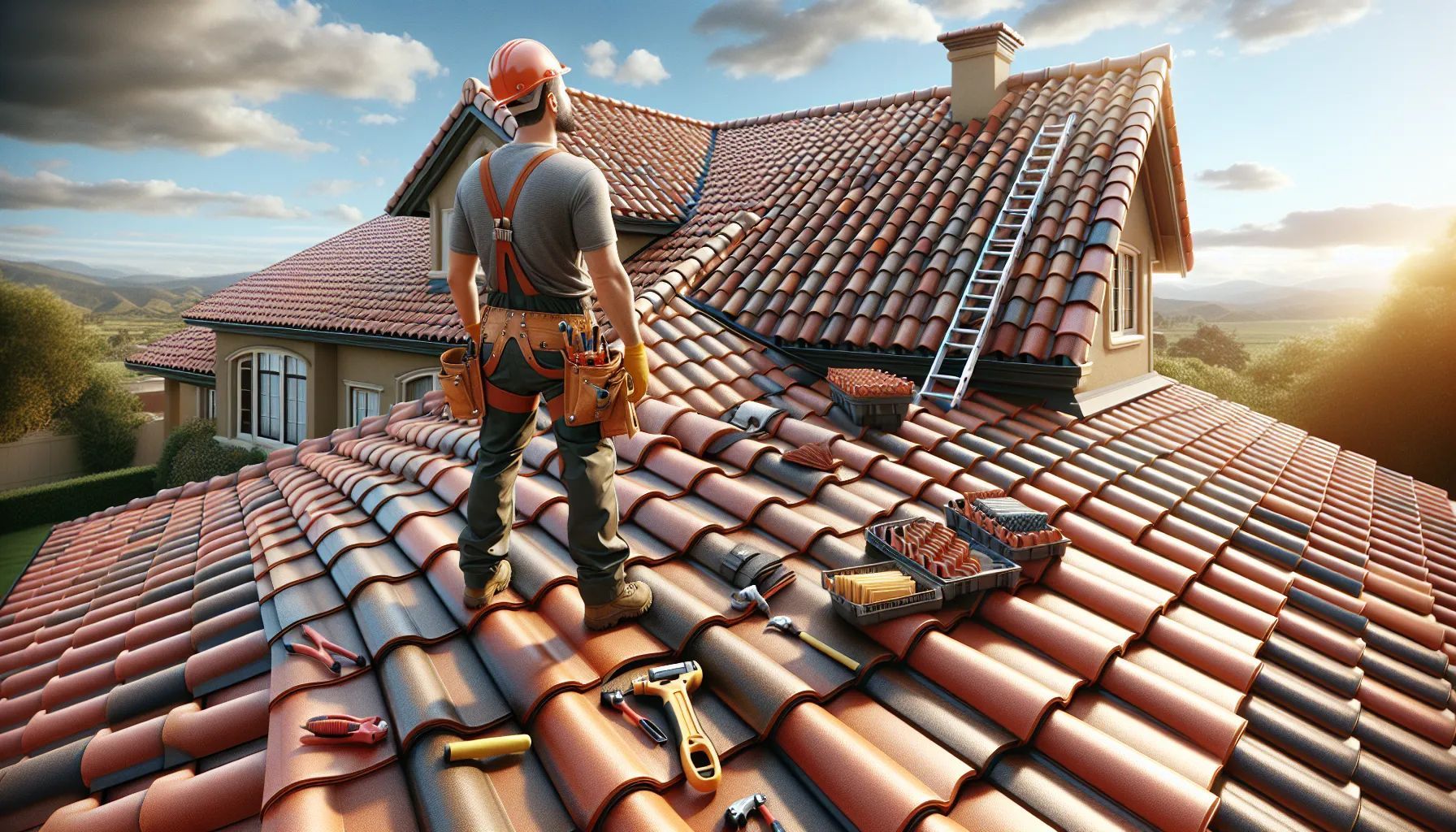
Multiple factors determine how long your tile roof performs effectively. We've identified the most critical elements that influence whether your roof reaches its maximum potential lifespan of 50-100 years or falls short of expectations.
Climate and Weather Conditions
Weather patterns directly impact tile roof durability. Clay tiles in Mediterranean climates often exceed 100 years, while the same tiles in Florida average 25-30 years due to hurricanes and extreme heat. Concrete tiles experience accelerated deterioration in regions with frequent freeze-thaw cycles.
Heavy rain creates specific challenges for tile roofs. Water infiltration occurs when tiles crack or shift, leading to underlayment damage. Hailstorms pose immediate threats to tile integrity, with golf ball-sized hail capable of breaking even high-quality clay tiles.
Temperature extremes cause tiles to expand and contract repeatedly. This thermal cycling creates stress fractures over time, particularly in concrete tiles. Desert regions expose tiles to UV radiation that breaks down protective coatings within 15-20 years.
Wind resistance varies by tile type and installation method. Hurricane-prone areas require specialized fastening systems that secure each tile individually. Standard installations withstand winds up to 110 mph, while enhanced systems protect against 150+ mph gusts.
Installation Quality
Professional installation determines 40% of your tile roof's lifespan. Certified installers follow manufacturer specifications for underlayment, battens, and fasteners. Poor installation reduces a 50-year roof to 20 years or less.
Critical installation components include proper underlayment selection and application. High-quality synthetic underlayments provide secondary water barriers that protect decking when tiles fail. Installers who skip this step compromise the entire roofing system.
Tile alignment and overlap requirements vary by manufacturer. Each tile requires precise placement to create effective water channels. Misaligned tiles allow water penetration at joints, causing premature failure of surrounding materials.
Fastening methods adapt to regional building codes and weather conditions. Mortar-set tiles work well in mild climates but fail in earthquake zones. Mechanical fasteners provide superior holding power in high-wind areas.
Roof Pitch and Design
Roof pitch significantly affects water drainage and tile stress distribution. Steeper pitches (6:12 or greater) shed water efficiently and reduce moisture-related damage. Low-slope applications require specialized tile designs and additional waterproofing measures.
Complex roof designs with multiple valleys, hips, and dormers create vulnerability points. Each transition requires careful flashing installation and regular maintenance. Simple gable designs typically outlast complex configurations by 10-15 years.
Adequate ventilation relies on proper ridge vent and soffit configurations. We calculate ventilation requirements based on 1 square foot of ventilation per 300 square feet of attic space. Insufficient ventilation traps moisture and heat, accelerating tile deterioration from below.
Structural support must accommodate tile weight, typically 600-1,000 pounds per square. Engineered trusses or reinforced rafters prevent sagging that creates gaps between tiles. Regular structural inspections identify problems before they compromise tile positioning.
Signs Your Tile Roof Needs Replacement
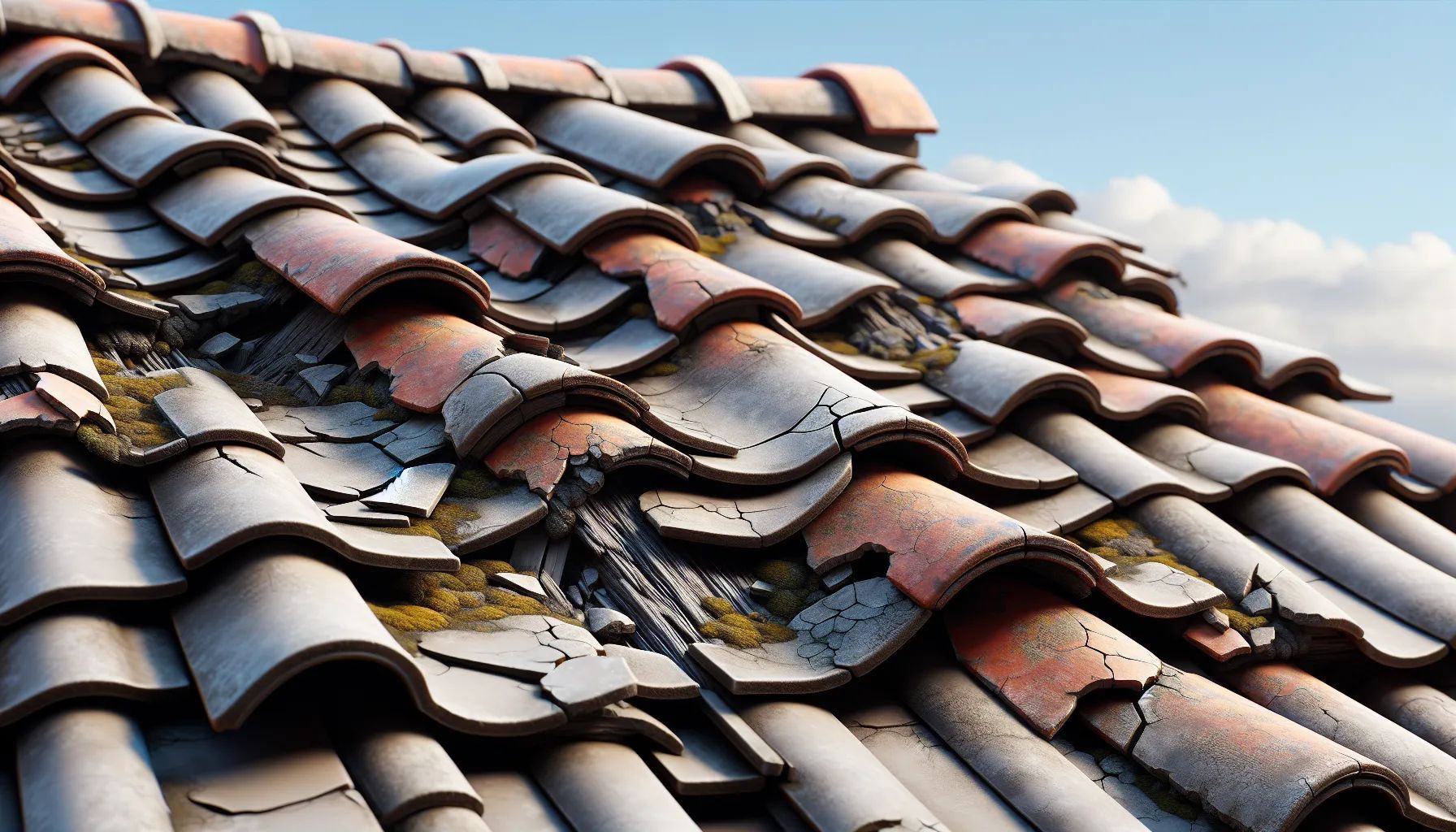
Recognizing when to replace your tile roof protects your home from water damage and structural problems. We'll examine the visual and performance indicators that signal replacement time.
Visual Indicators
Cracked tiles appear as hairline fractures or complete breaks across the tile surface. These cracks allow water to penetrate the underlayment and cause leaks. Broken tiles show missing pieces or chunks that expose the roof deck underneath. Missing tiles leave gaps in your roof's protective barrier.
Algae growth creates dark green or black streaks across tile surfaces. Mold appears as fuzzy patches in shaded areas between tiles. Both organisms retain moisture against the tile surface and accelerate deterioration. Stains develop from water pooling or mineral deposits that indicate poor drainage.
Discoloration occurs when tiles fade unevenly or develop patches of different colors. This color change signals UV damage or chemical reactions within the tile material. A sagging roofline indicates structural damage beneath the tiles. The roof deck weakens from water damage or excessive weight, creating visible dips or curves along the roof edge.
Performance Issues
Persistent leaks continue even though multiple repair attempts on the same area. Water finds new paths through deteriorated underlayment or damaged tiles. These recurring leaks cost more in repairs than replacement over time.
Water stains appear on interior ceilings as brown or yellow circles. Wall stains develop along the upper edges where walls meet ceilings. These stains expand during rainy periods and indicate active water intrusion through the roof system.
Frequent repairs become necessary every 6-12 months instead of every 3-5 years. Each repair addresses symptoms rather than the underlying deterioration. The cumulative cost of these repairs exceeds 30% of replacement cost within 5 years.
Underlayment deterioration shows through torn or brittle felt paper visible between tiles. Tile integrity fails when tiles crumble at the edges or develop soft spots. Both conditions compromise the roof's ability to shed water effectively.
Maintenance Tips to Extend Tile Roof Life
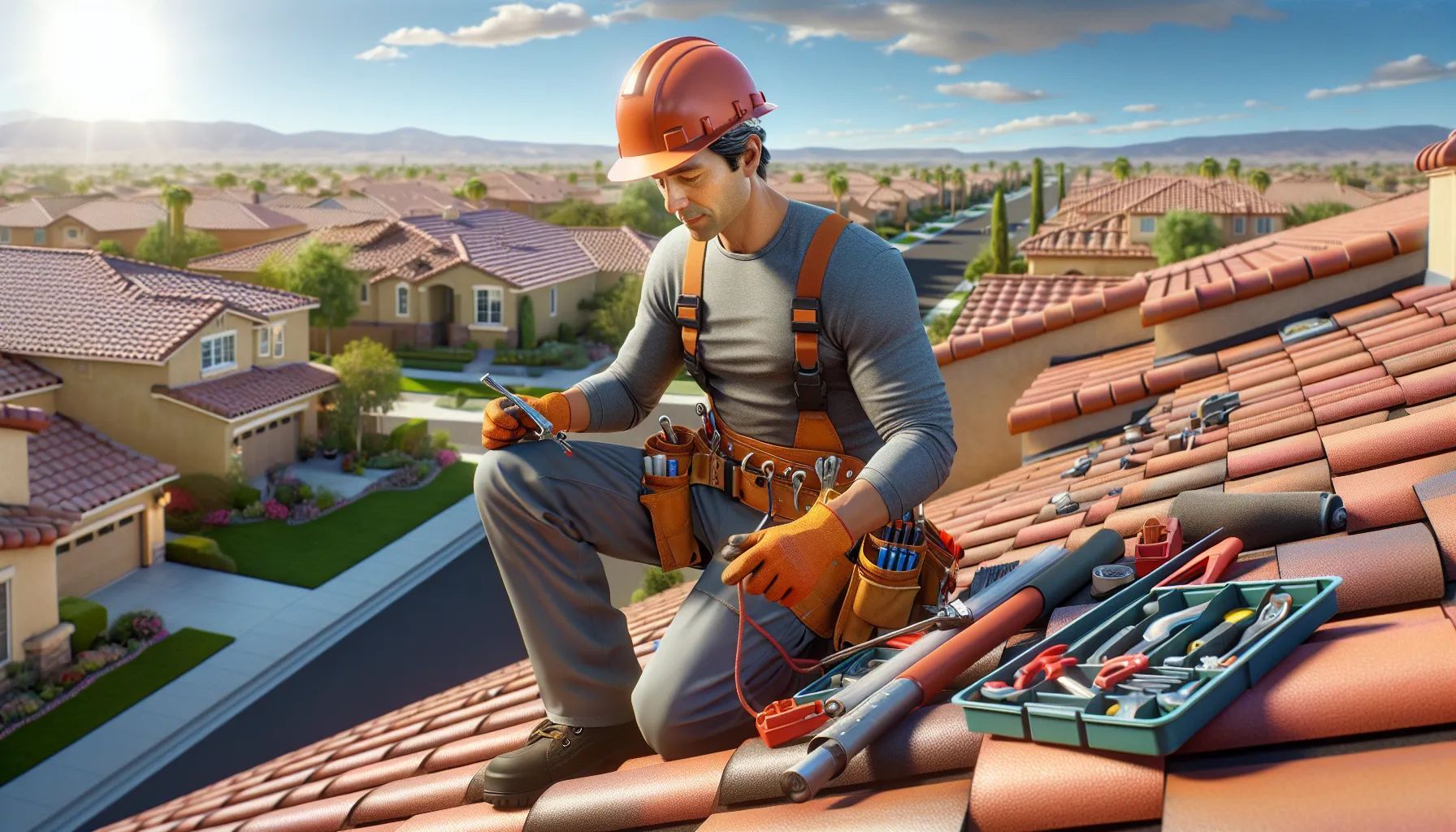
Regular maintenance transforms a standard tile roof into one that reaches its maximum lifespan potential of 50-100 years. We've compiled proven strategies that protect your investment and prevent premature deterioration.
Regular Inspections
Schedule roof inspections twice yearly—once in spring and once in fall. Professional inspectors examine tiles for hairline cracks that expand into major breaks within 6-12 months. They check flashings around chimneys and vents where 85% of leaks originate.
Storm damage assessment happens within 48 hours of severe weather events. Hail larger than 1 inch diameter creates impact cracks in clay tiles. Wind speeds exceeding 75 mph lift tiles and expose underlayment.
Document inspection findings with photographs and written reports. Create a maintenance log tracking tile replacements and repairs by location. This documentation proves valuable for warranty claims and insurance purposes.
Professional inspections cost $200-400 but identify problems that cost $2,000-10,000 if left unaddressed. Inspectors use infrared cameras to detect moisture beneath tiles without removing them.
Cleaning and Debris Removal
Remove organic debris monthly during fall when leaves accumulate fastest. Decomposing leaves trap moisture against tiles and accelerate deterioration by 30%. Pine needles create acidic conditions that erode concrete tiles within 5 years.
Apply gentle cleaning methods to preserve tile integrity. Soft-bristle brushes remove moss and algae without scratching protective glazes. Leaf blowers set to low speed clear debris without displacing tiles.
Pressure washing damages tiles when exceeding 1,200 PSI. Professional roof cleaners use specialized nozzles maintaining 600-800 PSI at proper angles. They apply biodegradable cleaners that eliminate moss spores for 12-18 months.
Target problem areas including valleys where debris collects naturally. North-facing slopes develop moss growth 3x faster due to limited sun exposure. Clean these sections quarterly instead of annually.
Prompt Repairs
Replace cracked tiles within 30 days to prevent underlayment damage. Single hairline cracks admit 0.5 gallons of water during average rainstorms. This moisture rots wood decking within 6 months.
Match replacement tiles to existing ones for proper fit and water shedding. Clay tiles from different batches vary by 1/8 inch in dimensions. Professional roofers maintain tile inventories matching common local styles.
Address broken tiles immediately as they expose 12-16 square inches of vulnerable underlayment. Emergency tarping prevents water intrusion until permanent repairs occur. Temporary patches using roofing cement last 2-3 months maximum.
Monitor repaired areas during subsequent inspections. Tiles surrounding repairs experience 25% more stress due to slight elevation differences. Adjacent tiles may crack within 12 months of nearby repairs.
Cost Considerations for Tile Roof Replacement
Tile roof replacement costs range from a few thousand dollars for minor repairs to over $50,000 for complete replacements. Multiple factors determine the final price, making it essential to understand each component before starting your project.
Material Costs by Tile Type
Clay tiles cost between $10-$18 per square foot, including materials and basic installation. Concrete tiles offer a more budget-friendly option at $3-$5 per square foot. Slate tiles command premium prices of $15-$30 per square foot due to their exceptional durability.
Spanish-style clay tiles typically cost $12-$14 per square foot. Flat concrete tiles average $4 per square foot. Natural slate tiles from Vermont quarries cost around $25 per square foot.
Synthetic composite tiles provide a middle-ground option at $7-$11 per square foot. These materials mimic traditional tiles while offering lighter weight and easier installation.
Labor and Installation Expenses
Professional installation adds $5-$10 per square foot to your total project cost. Experienced roofers charge higher rates for complex roof designs with multiple valleys, dormers, or steep pitches.
Labor costs increase 20-30% for two-story homes compared to single-story structures. Removing old roofing materials adds $1-$3 per square foot to labor expenses.
Regional differences affect labor pricing significantly. California installers charge 40% more than contractors in midwestern states. Florida's hurricane-prone areas see 25% higher installation costs due to stricter building codes.
Additional Cost Factors
Permit fees range from $500-$2,000 depending on your municipality's requirements. Debris disposal costs $300-$800 for an average-sized roof replacement project.
Structural reinforcement becomes necessary when switching from lighter materials to heavy tiles. Engineering assessments cost $500-$1,500. Reinforcement work adds $2,000-$10,000 to your project.
Underlayment replacement adds $2-$4 per square foot. High-quality synthetic underlayment lasts 25-40 years, protecting your investment. Flashing replacement around chimneys and vents costs $200-$500 per area.
Roof complexity multiplies costs exponentially. Simple gable roofs cost 30% less than complex hip roofs with multiple intersections. Each dormer adds $500-$1,000 to installation costs.
Geographic location impacts material availability and transportation costs. Coastal areas pay 15-20% more due to salt-resistant coating requirements. Mountain regions face 10-15% higher costs from specialized snow-load considerations.
Conclusion
A tile roof represents one of the best long-term investments you can make for your home. With proper care and attention we've outlined above you'll enjoy decades of reliable protection and beautiful curb appeal.
Whether you choose clay concrete or slate tiles understanding your roof's specific needs helps you make informed decisions about maintenance and eventual replacement. We've seen that regular inspections prompt repairs and proper cleaning can add years to your roof's life while protecting your investment.
Remember that every roof tells its own story based on your local climate installation quality and maintenance history. By staying proactive and working with qualified professionals you'll maximize your tile roof's lifespan and maintain your home's value for generations to come.
How long does a tile roof typically last?
The lifespan of a tile roof depends on the material type. Clay tiles can last 50-100 years with proper maintenance. Concrete tiles typically provide 30-50 years of protection. Slate tiles offer the longest lifespan at 75-200 years. Factors like climate, installation quality, and regular maintenance significantly impact these timeframes.
What are the main factors that affect tile roof longevity?
Three primary factors influence tile roof lifespan: climate and weather conditions, installation quality, and roof pitch/design. Weather patterns can reduce lifespan by 50-75% in harsh environments. Professional installation accounts for 40% of a roof's longevity. Steeper roof pitches and simpler designs generally result in longer-lasting roofs.
How much does it cost to replace a tile roof?
Tile roof replacement costs vary widely based on material choice and roof size. Clay tiles cost $10-$18 per square foot, concrete tiles $3-$5, and slate tiles $15-$30. Professional installation adds $5-$10 per square foot. Total project costs can range from a few thousand dollars for repairs to over $50,000 for complete replacement.
What are the signs that my tile roof needs replacement?
Key indicators include visible cracked or broken tiles, algae growth, discoloration, and a sagging roofline. Performance issues like persistent leaks, water stains on ceilings and walls, frequent repair needs, and deteriorating underlayment also signal replacement time. Address these issues promptly to prevent structural damage.
How often should I inspect my tile roof?
Experts recommend inspecting your tile roof twice yearly, ideally in spring and fall. Regular inspections help identify hairline cracks, storm damage, and other issues early. Additionally, remove organic debris monthly and perform gentle cleaning to maintain tile integrity and prevent premature deterioration.
Which type of tile roof lasts the longest?
Slate tiles offer the longest lifespan, lasting 75-200 years depending on geological origin and installation quality. Clay tiles follow with 50-100 years, while concrete tiles typically last 30-50 years. The actual lifespan depends on maintenance, climate conditions, and installation expertise.
